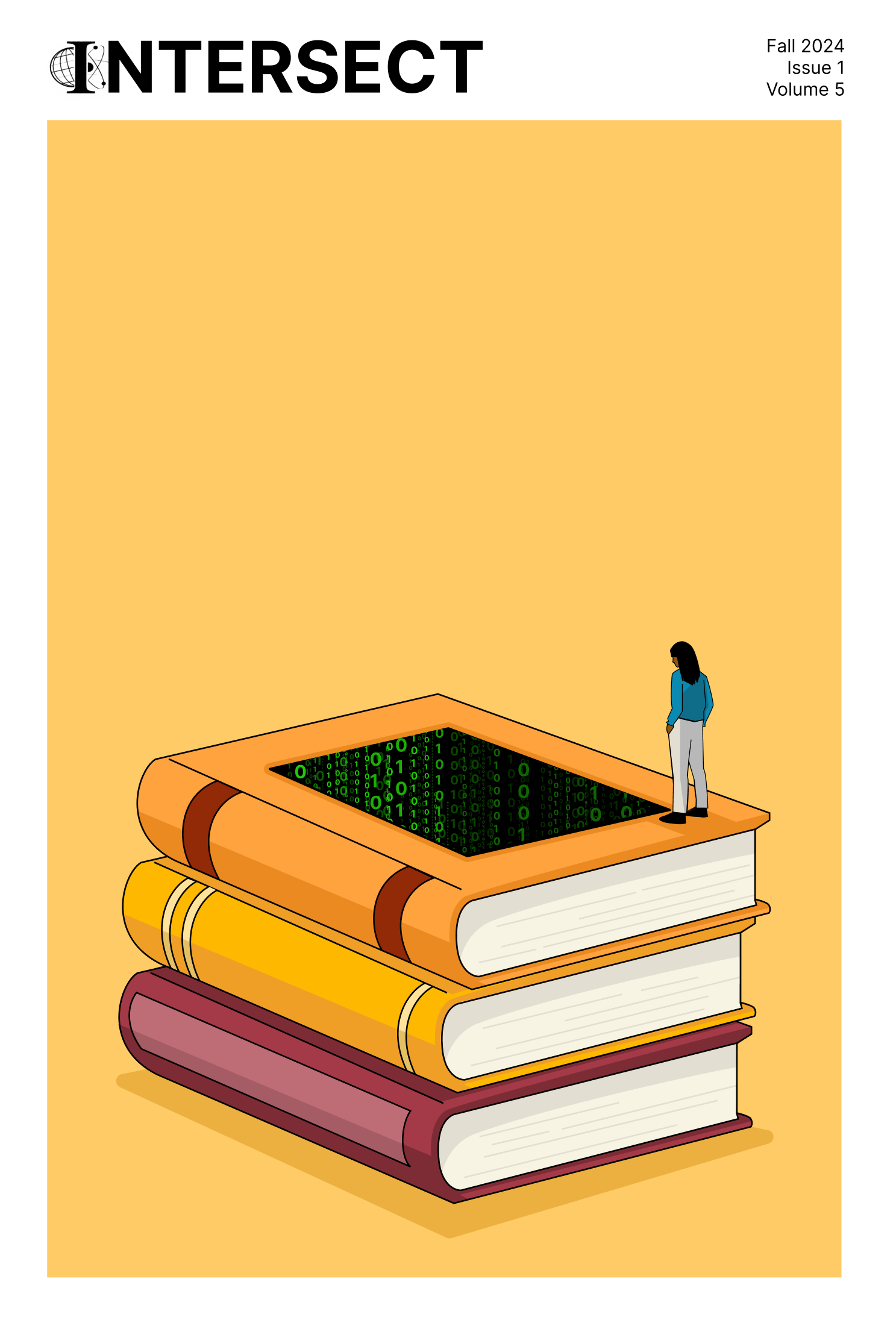The Relationship Between Brain Connectivity and New Learnt Skills Based On Cognitive Function Across Different Groups
Abstract
Abstract:
Background: Currently, at least two-thirds of the world's youth are unable to obtain and develop basic skills, and even individuals in high-income countries, a quarter of young people, lack basic skills1. Therefore, it’s imperative to understand how to build and maintain them to set our growing generation up for success.
Objectives: The purpose of this paper is to examine how prevalent the effect of developing skills are within a developing brain in efforts to implement interventions to aid our youth. And so, this leads to the question of how does brain connectivity change when learning a new skill across different age groups. The hypothesis posits that if one learns a new skill over a certain period of time (must fix on a set period), then their brain connectivity function increases.
Methods: Fifty individuals aged 14 and above voluntarily participated in the study, selected based on their willingness and availability. A Likert-scale survey assessed the perceived effects of learning new skills on cognitive function and behaviour, with pre-study surveys collecting demographic data and current cognitive abilities. The main survey included questions on engagement, problem-solving, memory, focus, creativity, confidence, and continuous learning, administered at 2, 4, and 7 weeks. Informed consent was obtained, and the survey was conducted anonymously via Google Forms, with responses securely stored. Data analysis aimed to explore correlations between learning new skills and changes in cognitive functions, using literature analysis and descriptive statistics to understand the relationship between cognitive function and brain connectivity.
Results: The study shows how participation in educational activities evolves and impacts cognitive performance. Interest in learning new skills increased initially but declined by the seventh week, likely due to waning motivation. Motivation is crucial for skill acquisition and cognitive development. Improved focus and concentration were consistent throughout, supporting the hypothesis that new skills enhance cognitive functions. Initial improvements in problem-solving and memory retention declined as engagement decreased, highlighting the need for continuous practice. While creativity and confidence also improved, the extent varied. These results suggest that sustained engagement is key to maintaining cognitive benefits. Educational programs should promote ongoing skill acquisition, personalised interventions to sustain motivation, and culturally sensitive approaches to meet diverse needs. Younger individuals may benefit more from these activities, while older individuals need tailored challenges to maintain motivation.
Conclusions: This study offers insightful information about the connection between brain connectivity and learning new skills across a variety of age and ethnic groups. According to the research, picking up new abilities can improve brain connectivity and cognitive functions, but long-term participation is necessary to keep these advantages. To promote cognitive growth and brain connectivity, educational interventions should centre on ongoing and interesting skill-learning activities. Age and socioeconomic considerations should be taken into account when designing customised approaches. To ensure that cognitive gains are maintained and improved, future research should examine the long-term impacts of skill learning and methods for maintaining engagement over prolonged periods of time.
Keywords: Brain Connectivity, Youth, Neuroscience, Learning Of Skills, Cognitive Function, Neuroscience
Downloads
Published
Issue
Section
License
Copyright (c) 2025 Intersect: The Stanford Journal of Science, Technology, and Society

This work is licensed under a Creative Commons Attribution-NonCommercial-NoDerivatives 4.0 International License.
Authors who publish with this journal agree to the following terms:- Authors retain copyright and grant the journal right of first publication with the work simultaneously licensed under a Creative Commons Attribution License that allows others to share the work with an acknowledgement of the work's authorship and initial publication in this journal.
- Authors are able to enter into separate, additional contractual arrangements for the non-exclusive distribution of the journal's published version of the work (e.g., post it to an institutional repository or publish it in a book), with an acknowledgement of its initial publication in this journal.
- Authors are permitted and encouraged to post their work online (e.g., in institutional repositories or on their website) prior to and during the submission process, as it can lead to productive exchanges, as well as earlier and greater citation of published work (See The Effect of Open Access).

